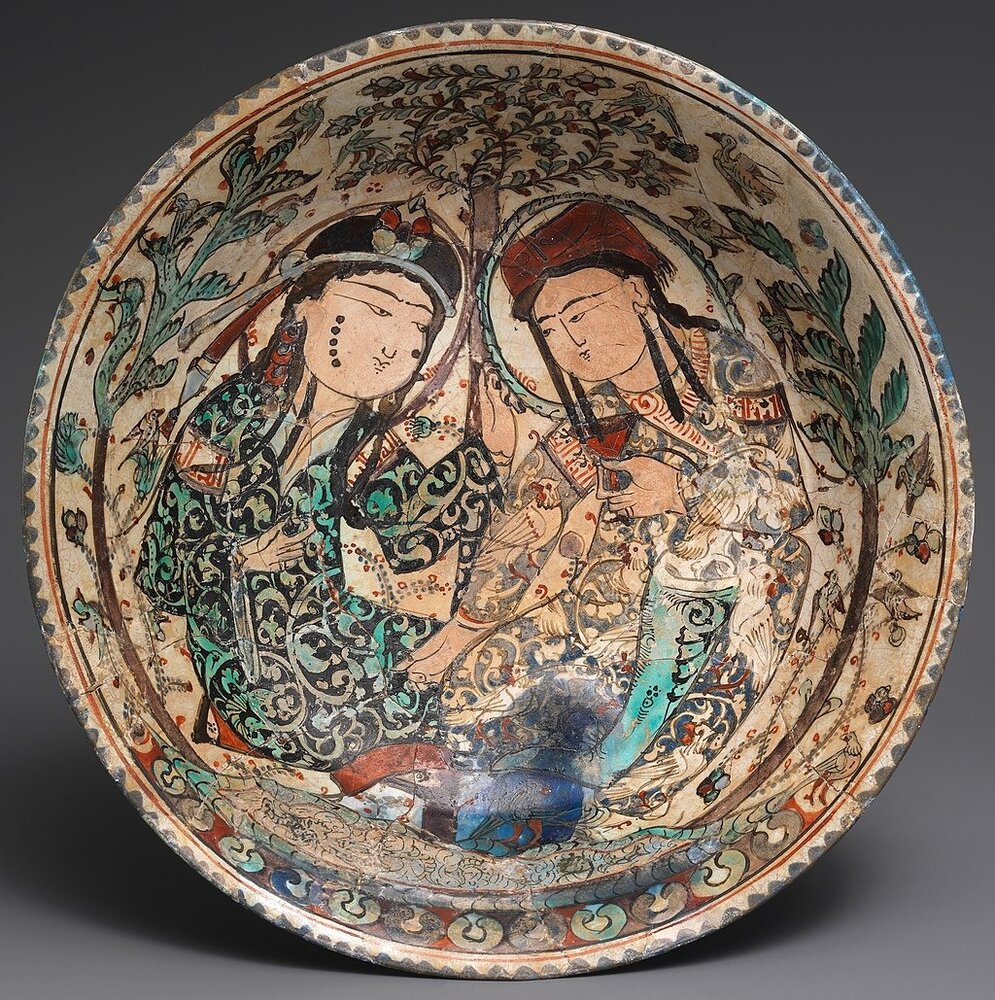INSUBCONTINENT EXCLUSIVE:
a Mongol dynasty that ruled Iran from 1256 to 1335
Hulegu set out in about 1253 with a Mongol army of about 130,000
He founded the Il-Khanid dynasty in 1256, and by 1258 he had captured Baghdad and all of Iran, according to Britannica.Members of the
Ilkhanid court wore expensive clothes and accessories, whether they were traveling in luxurious tents or settling in one of their palaces
Little is known about direct sponsorship and court workshops because few extant objects include inscriptions with dedications or
been a familiar sight for the ruler and his entourage and the most affluent people in Ilkhanid Iran and Iraq
Lajvardina (from the Persian lajvard, or lapis lazuli) tiles, painted in white, black, and red enamels and gold over a monochrome dark blue
or turquoise glaze, were often used as well
The lajvardina technique seems to have been a specialty of Iranian potters during the Ilkhanid period alone and was abandoned after their
rule.However, it is still possible to appreciate the technical and artistic skills of the craftsmen who found inspiration in the new visual
the Il-Khans lost all contact with the remaining Mongol chieftains of China
Mahmud Ghuzun himself embraced Sunni Islam, and his reign was a period of Iranian cultural renaissance in which such scholars as Rashid

